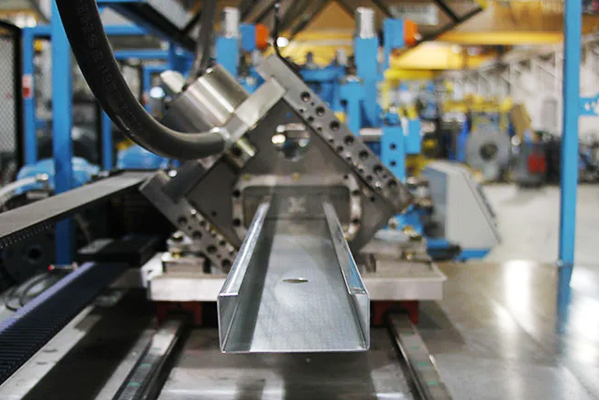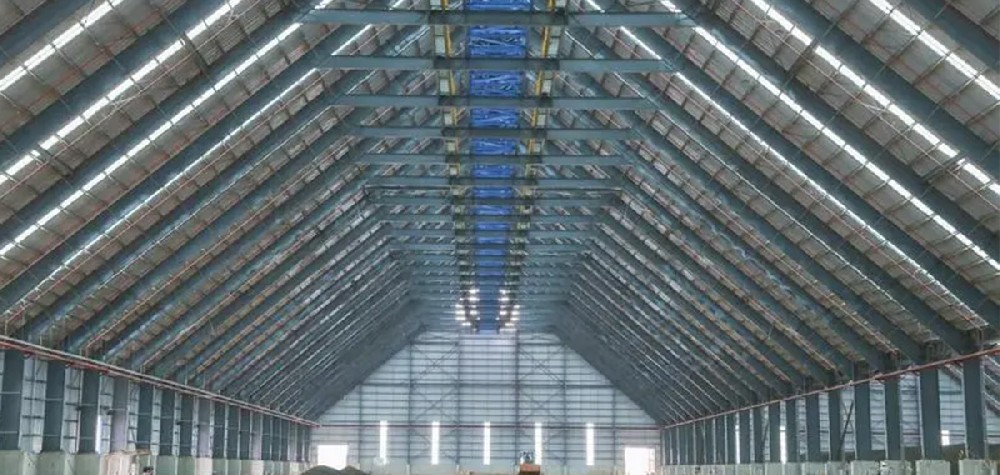Navigation Menu
Contact Us
- Email:
- info@wxavatar.com
- Address:
- Yurong Village, Yuqi Street, Huishan District, Wuxi, China.
Release Date:May 17, 2025 Visit:53 Source:Roll Forming Machine Factory
In today's construction and manufacturing industries, a quiet revolution is taking place as more companies switch to high-speed steel framing equipment. This shift isn't just about following trends—it's about practical solutions to real business challenges. Let's explore why this equipment is gaining popularity without diving into hype or exaggeration.

The Need for Speed in Modern Production
Time matters in manufacturing. High-speed steel framing systems allow workers to complete projects faster than traditional methods. When projects move quicker, businesses can take on more work without sacrificing quality. This doesn't mean rushing jobs—it means eliminating unnecessary delays in the building process.
One contractor shared, "We used to spend hours measuring and cutting materials. Now our steel framing machine handles those tasks precisely in minutes, giving our team more time for installation and finishing work."
Precision That Reduces Waste
Modern steel framing equipment incorporates advanced technology that minimizes errors. Automated measurements and cuts mean materials are used efficiently, helping control costs. While perfection isn't possible in any manufacturing process, these systems get closer than manual methods while requiring less rework.
A fabrication shop owner noted, "Since switching to automated steel framing, we've seen a noticeable drop in material going to scrap. The system just gets the measurements right the first time."
Adaptable to Various Project Needs
Today's steel framing machines handle a wide range of profiles and sizes. This flexibility means manufacturers don't need multiple specialized machines for different jobs. Whether working on residential projects or commercial structures, the same equipment can often be adjusted to meet varying requirements.
Durability That Lasts
Steel framing equipment is built to withstand heavy use in demanding environments. The robust construction means less downtime for repairs and maintenance compared to some alternative systems. This reliability translates to consistent operation day after day.
Workforce Benefits
Contrary to some concerns, these systems don't replace workers—they change the nature of the work. Employees transition from repetitive, physically demanding tasks to operating and overseeing equipment. Many workers report preferring this type of work environment.
"Training our team on the new system took some time," admitted a production manager, "but now they wouldn't want to go back. The work is less strenuous and more engaging."
Economic Considerations
While the initial investment in high-speed steel framing equipment requires careful consideration, many manufacturers find the long-term economics favorable. Reduced labor costs, faster project completion, and less material waste often offset the upfront costs within a reasonable timeframe.

The Bottom Line
The move toward high-speed steel framing equipment reflects practical business decisions rather than fleeting trends. Manufacturers are choosing these systems because they address real challenges in productivity, precision, and workforce management. As technology continues to advance, we can expect these systems to become even more capable and accessible to businesses of various sizes.
For companies evaluating their options, the key is to assess how these systems align with specific operational needs and growth plans rather than simply following what others are doing. The right equipment should solve more problems than it creates while supporting the business's overall objectives.